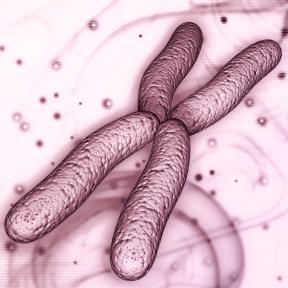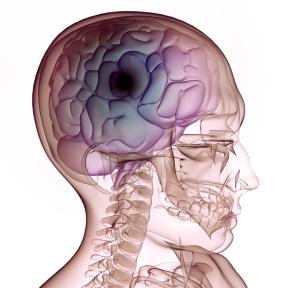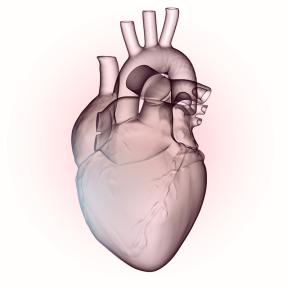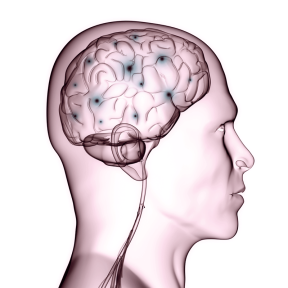Conditions treated, we’ll customize a plan for your needs
Stemaid Institute in Baja California Sur provides a customized stem cell treatments to meet the individual's medical condition and needs.
Whether you suffer from a chronic condition and or are seeking optimal health and well-being, our unique pluripotent stem cell products will increase vitality and facilitate healing.
Because our stem cells come from our laboratory instead of the patient's body, you can avoid the pain, risks, and limitations associated with using adults stem cells extracted from your own adipose tissue or bone marrow.
Many conditions have proven responsive to our pluripotent stem cell therapy - here are some of them. If yours is not on this list, please inquire with our medical team. New applications are constantly under development and we will give you the latest updates on your condition.
For more information on developing a personalized treatment plan, contact us today.
See more treatable conditions















